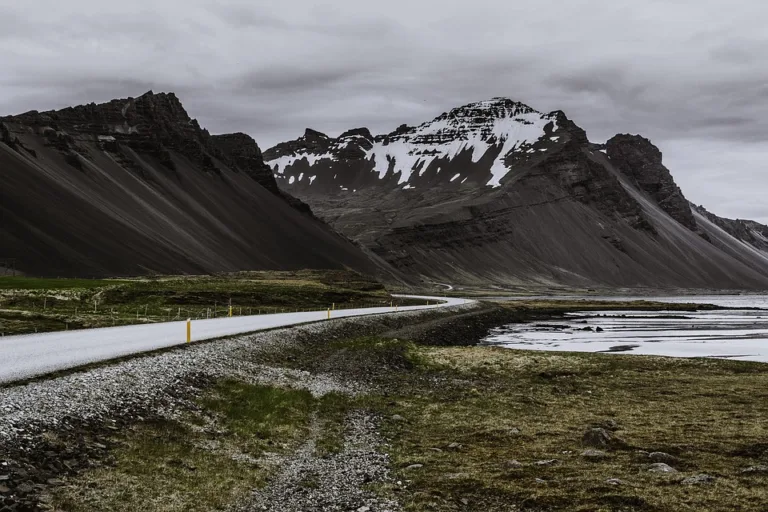
10 US Cities with the Least Climate Change Risks
- Some Americans are choosing where to live based on the risk of climate-related disasters.
- For example, cities in Maryland and Wisconsin are less prone to flooding, heat, or wildfires.
- Here are 10 US cities with the least climate-change risks, according to insurance site Policygenius.
Retiree Marcia Flanagan lived in Arizona for 25 years before fears of extreme droughts and heat prompted her to move. Jason Beury, an architect, relocated from New York City to Kansas due to concerns about flooding. And a family of six living near Miami decamped to Wisconsin after their home insurance skyrocketed due to risk from sea level rise and electricity bills climbed due to heat.
Extreme weather events, including hurricanes, wildfires, and dangerous heat and humidity, have increased not only in frequency but also in intensity over the past few decades — and are predicted only to get worse.
For some Americans, this has prompted a reevaluation of where to call home. People are increasingly taking the risks of climate change into account when moving. Between 2000 and 2020, 3.2 million people moved out of high-flood-risk areas, according to a new report from climate-research organization First Street.
“Climate migration” is a broad term, as some people move out of fear of what the future holds, while others move because financial and other circumstances force them to.
Evaluating Climate Risks in America’s 50 Most Populous Cities
Online insurance marketplace Policygenius evaluated the climate risks of America’s 50 most populous cities based on their likelihood of experiencing the following issues by the year 2050: heat and humidity, flooding and sea level rise, air quality, and frequency of natural disasters such as hurricanes, tornadoes, and wildfires.
Policygenius also judged the cities’ social vulnerability, or likelihood of death and disruption as a result of these conditions, and community resilience, the ability to prepare for and adapt to a changing climate. It used publicly available data from the Federal Emergency Management Agency (FEMA), the US Environmental Protection Agency (EPA), and other studies as laid out in its full methodology.
Even cities that aren’t at high risk carry some risk of climate-borne disaster, and it’s important to note that Policygenius only ranked America’s biggest cities. Smaller cities
Top 10 Cities with the Least Climate Change Risks
Read on to find out more about the cities least at risk, from Pittsburgh to Minneapolis, and why.